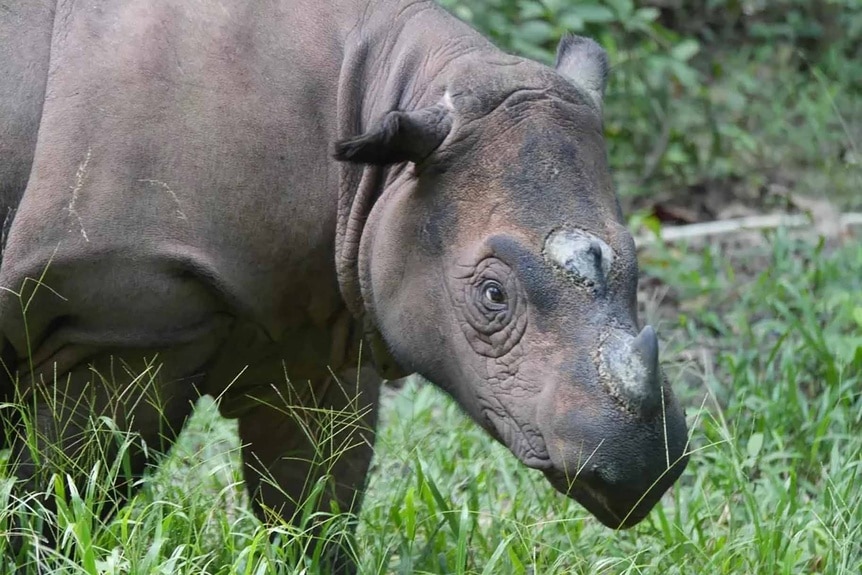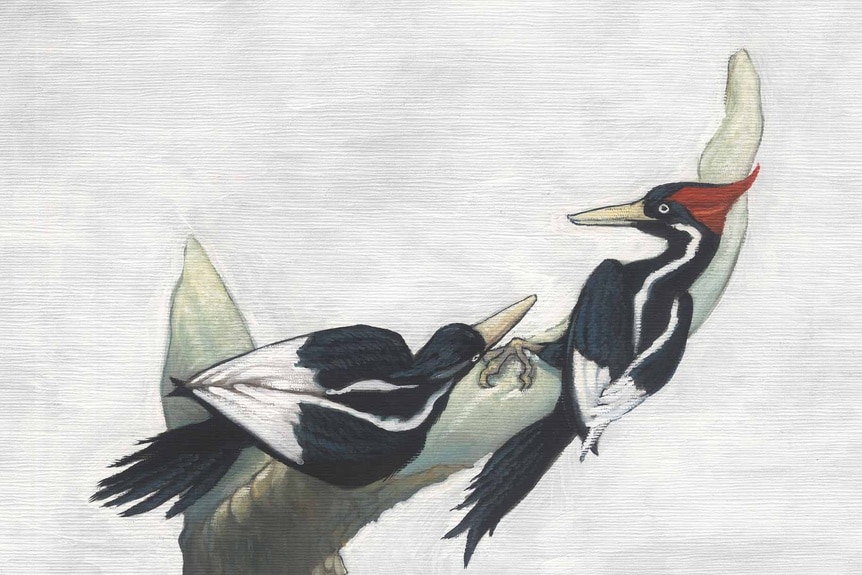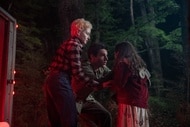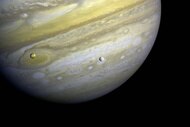The Colossal Foundation Aims to Save Threatened Species with De-Extinction Science
The Colossal Foundation has secured funding to support four initial projects including three threatened species.
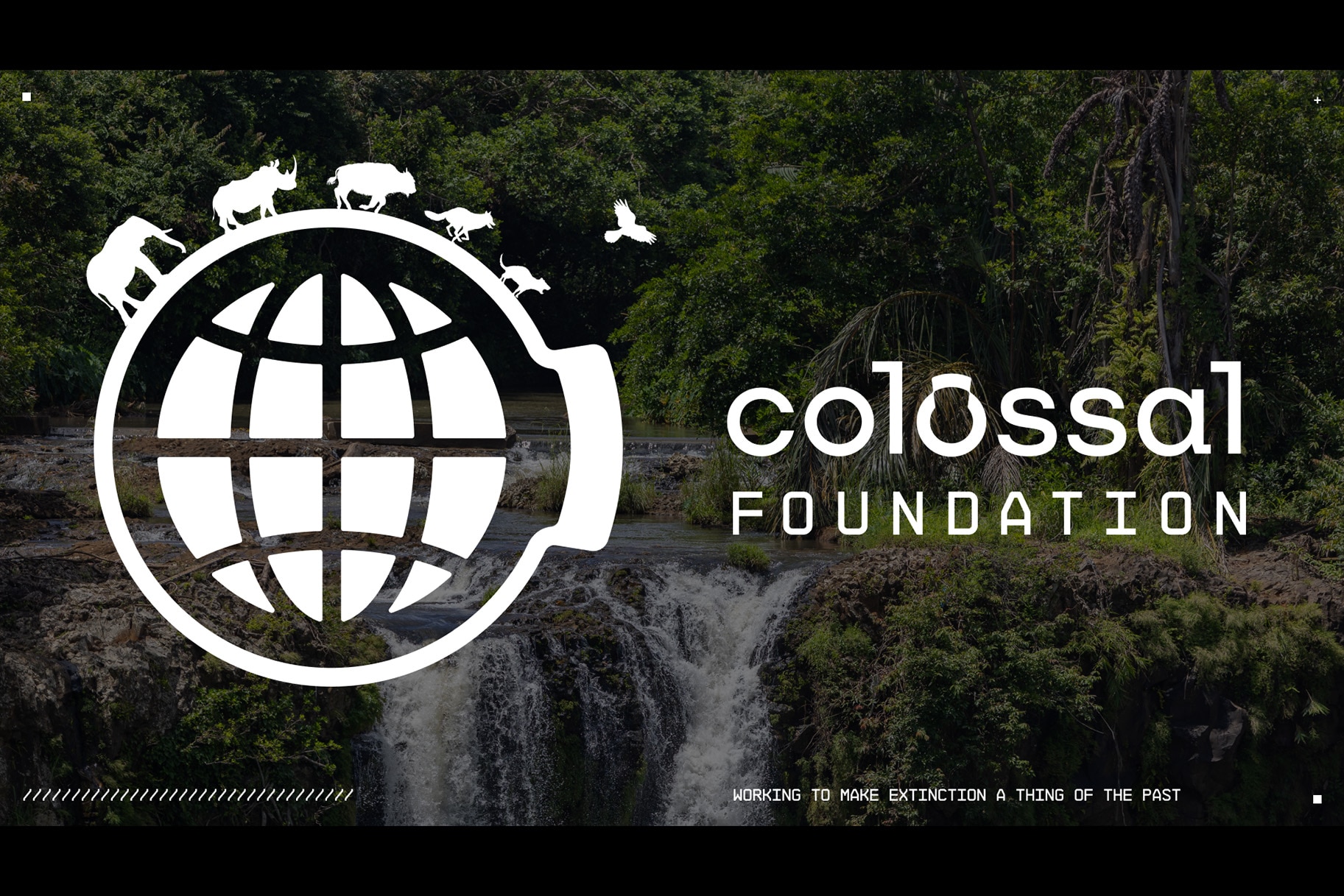
The InGen scientists who created the fictional Jurassic Park and Jurassic World theme parks objectively achieved some incredible scientific breakthroughs and built cutting edge genetic tools. They used those tools to enrich themselves at the expense of the animals they created and the attendees who believed their guarantee of a safe experience. De-extinction science is a perfect tool for blockbuster movies, but maybe not for the real world.
A few decades after Jurassic Park hit theaters, the genetic tools seen on screen have made their way into real world labs, courtesy of a generation of scientists and companies like Colossal Biosciences. The goal, one would hope, is to use stories like Jurassic Park as cautionary tales, not blueprints; to use our still-emerging understanding of biology and genomics responsibly for the benefit of the whole ecosystem.
To that end, Colossal Biosciences announced the Colossal Foundation, a new non-profit organization dedicated to leveraging de-extinction tools for the benefit of today’s endangered species.
Colossal’s New Nonprofit Aimed at Protecting Endangered Species
Colossal regularly makes headlines for its moonshot projects to resurrect the woolly mammoth, the Tasmanian tiger, the dodo, and more. What gets less attention are the applications for the less glamorous but more immediate needs of threatened species still walking, flying, or swimming the biomes of our planet.
The foundation has announced $50 million in funding and a few initial projects focused on the vaquita (a severely endangered porpoise), the Sumatran rhinoceros, and the ivory-billed woodpecker. In addition to species-specific programs, the Colossal Foundation is also committed to bolstering and expanding biobanking efforts around the world, combining preserved tissue samples with wide-ranging genetic sequencing.
“We started The Colossal Foundation to ensure that we are delivering our technology solutions into the hands of those who can benefit the most,” said Colossal CEO and co-founder Ben Lamm, in a press release. “The Colossal Foundation further expands our capacity to get our technologies into the world as fast as possible and brings new, much-needed funding to conservation while empowering the modernization of the tools. We envision a future where conservation efforts are proactive, innovative, and impactful because of the application of these emerging technologies.”
Population numbers for the vaquita are estimated at 13 or fewer individuals; there are only about 80 Sumatran rhinos; and the ivory-billed woodpecker hasn’t been seen since 2004. While not yet extinct (with the possible exception of the ivory-billed woodpecker), these species are so threatened that protecting existing individuals may not be enough. That’s where the Colossal Foundation can help.
"What's really exciting about the Colossal Foundation is we're looking at populations that have been extremely bottlenecked. What we really struggle with is even if we can address the pressures pushing these species to extinction, we have bottlenecked that population so severely that now we face inbreeding depression and genetic bottlenecking,” Matt James, Chief Animal Officer at Colossal and Executive Director of the Colossal Foundation, told SYFY WIRE.
Conserving and protecting remaining individuals is priority number one, but rebuilding a robust population means restoring lost genetic diversity. To that end, the foundation is building a genetic rescue platform for these species which involves sequencing their genomes and the genomes of closely related species to better understand population genetics, find any vulnerabilities in the genome, and work to help stabilize them.
In addition to laboratory genetics tools, there are other conservation challenges which could be addressed with new tools. The vaquita, for instance, presents a novel problem in its watery environment. It’s difficult to track and monitor populations in the open ocean, and there are similar problems for terrestrial and aerial animals. The world is big and populations, especially threatened ones, are small. Before you can help a species, you have to be able to find it.
“One of the things we're working on with elephants is using computer vision or machine learning tools in order to train an algorithm to be able to detect elephants on a screen and then eventually be able to detect individuals. That would give us the ability to track animals across space and time without things like collaring or tagging,” James said. “I think what we're trying to build right now is a similar tool using bioacoustics to create signature calls of vaquitas so you could track individuals across space and time. With bioacoustics, if you've ever seen a waveform, it just becomes another computer vision problem.”
Similar tools could be used to locate any remaining ivory-billed woodpeckers and a wide range of other potentially "lost" species. In addition to addressing the conservation problems of the day, the Colossal Foundation is also focused on preventing the extinctions of tomorrow. Biobanking efforts like the Svalbard seed vault or the San Diego Frozen Zoo preserve biological materials for the future, but Colossal envisions something much more robust and way more distributed.
"Biobanking doesn't only mean putting tissues on ice, we're talking about cryopreservation of tissues but also the genomic sequencing of all these endangered species. So, you're creating physical backups in a cryovault, but you're also creating digital backups. That digital sequencing information is really powerful to not just us but to conservationists globally,” James said. And these biobanks would be spread out all over the world, keeping preserved tissues in the places they come from, rather than hoarding them all in one place.
While Colossal Biosciences, the company, is focused on resurrecting extinct species of yesterday, the Colossal Foundation hopes to use those same tools and technologies to benefit threatened species of today and tomorrow.
See how not to do de-extinction in Jurassic Park and Jurassic World, available from Universal Pictures.
